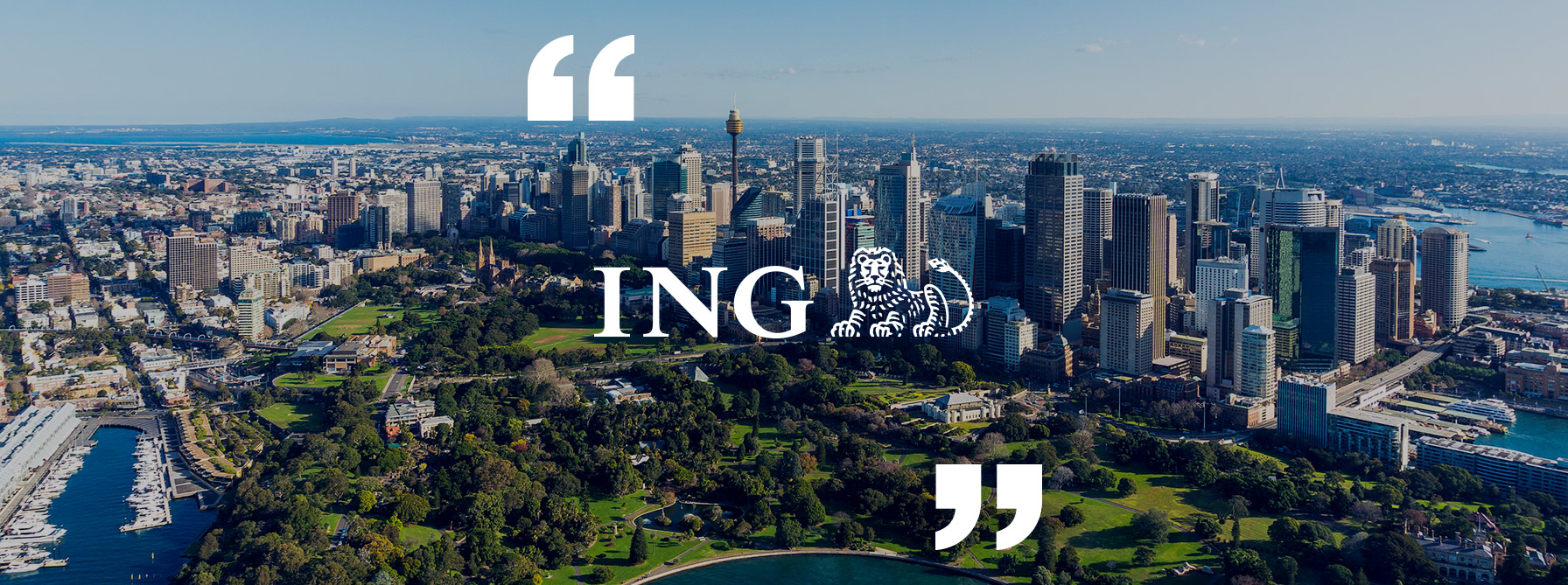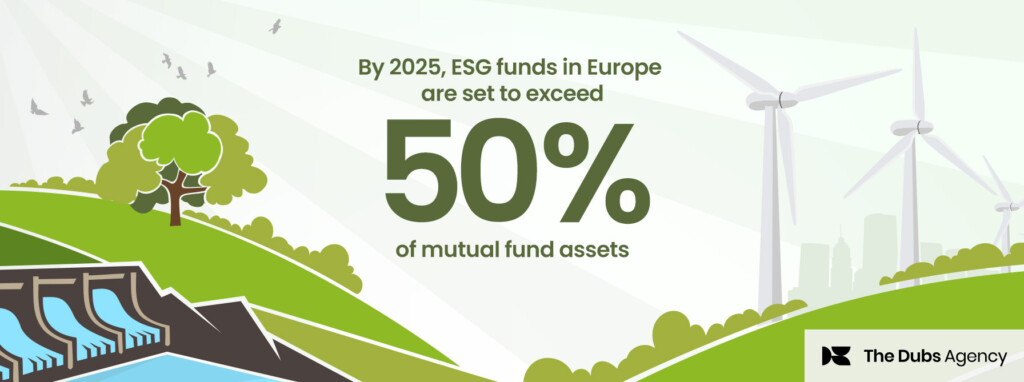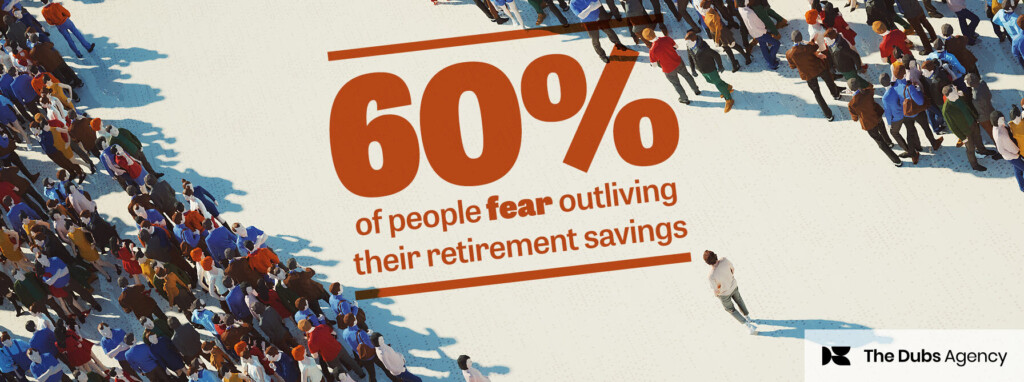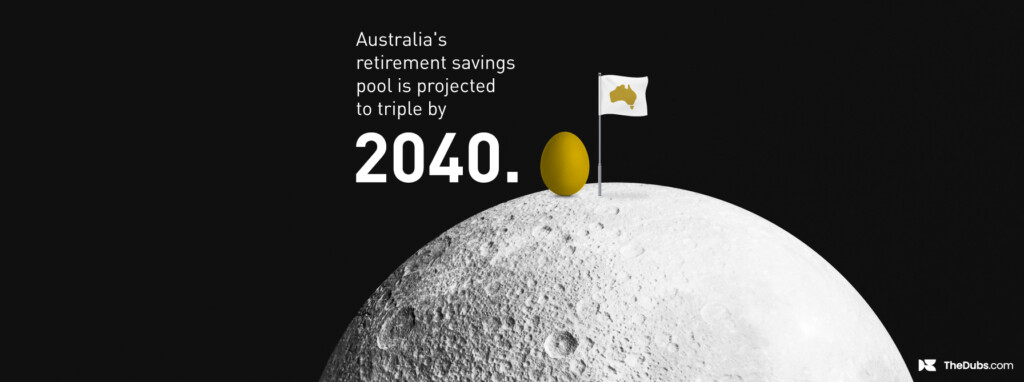Launched in Canada in 1997, ING DIRECT was the original fintech disruptor, a digital bank offering simple, customer-centric products and compelling pricing.
We asked ING DIRECT Australia’s John Arnott – executive director customers, about the road ahead for the banking industry.
Do traditional bankers still have reservations about taking a digital approach?
Yes of course, there are bankers who’ve been banking for 30 years who were probably schooled on the traditional distribution and product models. What I must say though, is there’s an overwhelming view that the world is moving towards simplicity and digitisation. And the customer is now more financially literate than ever. The apathy that customers once had is reducing and customers are more prepared to vote with their feet.
We live in a more socially connected world than ever before – even at ING we see that 40% of our new customer numbers are coming through recommendations.
What are the major changes to come in banking?
Ongoing investment in digitisation will continue. That will flow through in terms of functionality for customers on mobile. While today there is still a mix of online and offline, that skew will continue to go more online. There are three key drivers of that.
Firstly, customers are more prepared and more willing to do these things online because they’ve got more confidence. Secondly, technology is emerging which is giving capability to be able to develop new value propositions. Thirdly, customers are more prepared to deal with online banking, enabled by technology.
Digital is where all the banks are looking, not only as a customer benefit but for operational efficiencies. It’s allowing them to manage their P&Ls accordingly.
With open data coming in a few years’ time, there’s the risk of more new entrants to the market using bots and other technologies, including the concept of deeper integration with non-banking ecosystems. At the end of the day, I believe in the saying “customers need banking not banks”. Banks need to understand the role they play in the ecosystem and learn to partner, as opposed to doing everything themselves.
Banks need to understand the role they play in the ecosystem and learn to partner, as opposed to doing everything themselves.
What are the customer needs driving these changes?
If you look at customer contact, 95% comes through digital/mobile channels and only 5% is via phone. In 15 years you’ve seen that huge swing, because it’s where customers want to do banking. We use this phrase at ING DIRECT: “we need to be here for you anytime, anywhere”, and what customers want “anytime, anywhere” now is online/digital banking as opposed to a call centre.
There is still absolutely a role for the call centre but that role is changing from being transactional to more complex, around service and sales.
Moving forward, it will absolutely be digital first but there will be certain processes, certain products where there is still a need to have a face-to-face conversation and it’s really how banks design for that in a way which is still technology led.
For instance, there is still a concern from a customer point of view about applying for a mortgage online – the big-ticket, highly emotional purchase, probably the second most emotional thing to happen after your wedding day some people say, and you still want to have your hand held.
The opportunity to be able to speak to a human being or look someone in the eyes to get the confidence and to help them through that is something that’s still there, and I think a good example of that is the growth in broker distribution.
ING DIRECT is using technology to create face-to-face, in Germany. It’s all through the concept of Skype or Facetime; you still get that face-to-face connection but you can do it anytime, anywhere, on your sofa in your TV break, so you don’t need to get off your bum and go to your local branch.
What are the biggest areas of opportunity/risks for banks today and how can financial marketers capitalise on the opportunities and avoid the risks?
One of the important hygiene factors in banking is about safety. For new entrants into the market, you can have a great rate, a great digital proposition, but at the end of the day, the customer wants to know that a company is secure, particularly on those larger-ticket purchases.
That’s the advantage with brands that have been here for 150 to 200 years – they have that in their back pocket: they’re not going bust. Direct selling can be great but the first challenge is really building our brands beyond just price and product, giving some credibility and stature to the brands.
Secondly, is that with the emerging threats around cybercrime, you need to make sure the technology overrides some of the risks that exist in the space. What technology enables you to do today is incredible, however at ING DIRECT certainly we don’t just change the technology, we look at where the technology and the customer needs intersect, and in many areas, customers still want that peace of mind.
For example, when we first launched our payment accounts we had a strong view that customers didn’t want any kind of authentication when making payments because it was a point of friction in the experience. But it wasn’t the case – people actually like having those controls in place to make sure their money is safe so, again, technology doesn’t require it, but customers still want that peace of mind because their safety and security is of paramount importance to them.
My key message is, technology enables many things but don’t lose sight of the customer, which I think is one of the big risks in this age of technology – make sure you don’t get too excited by the thrill of the chase, and stay true to what customers really need.
Technology enables many things, but don’t lose sight of the customer.
What role can content play for finance brands?
Education. Financial literacy is a big topic, products are still relatively complicated and I think giving customers information and tools to allow them to make informed choices, is critical.
Finance is slowly being made more simple, but at the end of the day the banking conversation can still make people’s eyes glaze over, particularly on those more complicated instruments such as superannuation – people just don’t get it.
The role content can play in putting it into plain English and giving customers direction on how they can best manage their finances in language they understand – that’s a huge opportunity. It’s no longer around getting customers in and just leaving them alone, that front door, cost-per-acquisition business. With more customers prepared to switch, with the emergence of millennials who are more open to having fragmented banking relationships – getting the customers in is not even half the challenge now; it’s around working with customers to stay relevant to them as they move through their life cycle.
What are key lessons ING DIRECT has learnt when it comes to content?
Never try and second guess the customer. Just continually have a go, start small, always be open to feedback, and pivot accordingly. It’s around talking to customers, working with customers to co-design that content in a way that is not going to be a huge investment; and if it works you scale it, and if it doesn’t you stop it.
At ING DIRECT we’ve designed big programs of content which have taken time and money and we’ve probably been a little bit off the mark.
One thing that is quite interesting is that some customers of ING have formed their own social media forums, whereby they answer each other’s queries and if anybody’s got any concerns another customer will dive in and answer it. We also see some people being critical of the brand and other customers dive in to defend it.
So don’t try and do everything yourself. Let your customers work with you. In a society that is becoming more pull and push, don’t try and control the environment; you can set it up but you don’t need to be the centre of it and manage everything. Facilitate as opposed to control.









